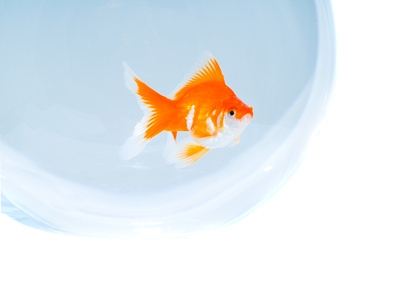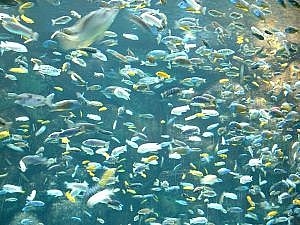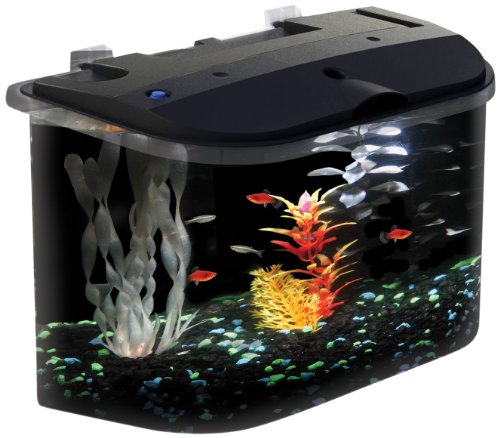
Scientific Name: Pseudomugil furcatus
Breeding Method: Plant chooser
Ease of Breeding: Moderate
Introduction: These small silvery fish rainbowfish take their name from their unusual blue eyes and their deeply notched tails. They are hardy and easily adapt to a wide range of water conditions. They are most comfortable in groups of six or more, with a ratio of at least 2:1 females to males.
Sex Differences: Males are more colorful, with brilliant canary-yellow fins that grow more intense when they are in spawning condition. The tip of their dorsal fin extends beyond the base of the second, while that of females does not.
Water Conditions: Hardness and pH not critical, although most breeders aim for medium-hard water with a pH slightly above neutral. Temperature should be 75° to 79°F. Equipment: A 15 or 20-gallon tank located where it will get some morning sun. Add a heater and sponge filter, as well as Java moss, bushy plants, or spawning mops.
Some breeders recommend adding a thin layer of dark gravel to cut reflection on the bottom of the tank; it also provides a potential spawning site, since in nature, these fish are known to occasionally spawn on the substrate.
Conditioning and Triggers: Condition two males and half a dozen females together for at least two weeks on live foods such as brine shrimp and blood worms. Morning sun often triggers spawning.
Spawning: Males will stake out a territory, usually a plant or spawning mop, then disÂplay to the females, flaring their fins as their colors intensify. Eventually, a receptive female will approach and they will swim side by side into the mop, releasing eggs and milt. These fish will often spawn on consecutive days, so you may want to leave the adults in the tank and transfer the eggs (with or without the spawning mop) to a rearÂing tank.
Brood Size: Five to 10 per encounter, but because the fish often spawn on consecuÂtive days, there may ultimately be a much larger yield.
Fry Care: The eggs hatch in two weeks, sometimes longer, and become free swimming a few days after that. Feed infusoria and green water for a few days, then add baby brine shrimp, vinegar eels, and microworms. Fry are sensitive to water quality, so change about 20 percent of the water weekly, and add a sponge filter to the tank when the fry are three to four weeks old. Prevent overstocking by moving some of the fry to other tanks as they grow.
Species with Similar Breeding Habits: Other fish of the genus Pseudomugil, includÂing P. connieae, P. cyanodorsalis, P. gertrudae, P. ivantsoffi, and P. mellis.
 How to Make Fish Survive in a Glass Bowl
How to Make Fish Survive in a Glass Bowl
How to Make Fish Survive in a Glass Bowl
How to Make Fish Survive in a Glass Bowl
 How to Feed an Oscar Fish
How to Feed an Oscar Fish
How to Feed
How to Feed an Oscar Fish
How to Feed an Oscar Fish
How to Feed
 9 Common Mistakes of Freshwater Fish Owners
Keeping fish in an aquarium
9 Common Mistakes of Freshwater Fish Owners
Keeping fish in an aquarium
 Setting Up a Fish Tank
You have finally purchased a
Setting Up a Fish Tank
You have finally purchased a
 Aquarium Setup
Buying an aquarium is a lot
Aquarium Setup
Buying an aquarium is a lot
Copyright © 2005-2016 Pet Information All Rights Reserved
Contact us: www162date@outlook.com